
UDK: 611.91
L.A. Mantulina 1, M.A. Zatolokina 1,2, V.V. Kharchenko 1, D.V. Khvostovoy 1
1Курский государственный медицинский университет, Курск, Россия 2Орловский государственный университет имени И.С. Тургенева, Орел, Россия
The study of the features of the structure of the lower jaw with preserved and with various degrees of loss of dentition is relevant from the point of view of dental implantology. Materials and methods. A craniometric study of angular dimensions was carried out on 120 3D models of the mandibles of men and women of the age groups Maturus and Senilis, divided into 10 subgroups. The degree of influence of tooth loss on angular dimensions was assessed. Results. In groups with complete acquired adentia, there was a statistically significant decrease in the angles of inclination and protrusion of the chin in men and women from 6° to 14° (p < 0,05), while in other groups with partial adentia, no statistically significant differences were observed. The angle of the lower jaw branch and the basal angle did not respond to tooth loss. Conclusions. The anterior segment of the lower jaw body undergoes maximum restructuring, which is reflected in the reaction of angular dimensions to the complete loss of teeth
mandible, craniometry, partial adentia, full adentia, angular dimensions
Лилия Алексеевна Мантулина, mla19@yandex.ru